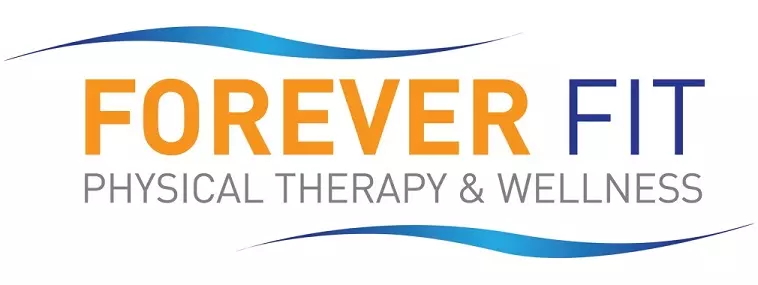Swimmer’s shoulder is a collective term for shoulder pain that may result from a range of different injuries. The best treatment approach will depend on your specific injury. In many cases, movement and exercise are recommended to help strengthen and rehabilitate your shoulder after an initial period of rest. However, you should avoid any exercises that make your pain worse.
Most of the time, swimmer’s shoulder injuries are a result of overuse or strain. You may also notice other symptoms like stiffness, limited range of motion, weakness or instability. These conditions can get worse when left untreated. If your pain keeps coming back or if it doesn’t go away, it’s a good idea to see a physical therapist. A PT can help determine the likely cause of your pain and provide natural treatments to help you recover, including a personalized exercise program.
In this blog post, we’ll share step-by-step instructions to seven exercises that can help you recover from swimmer’s shoulder.
7 physical therapist-recommended exercises to improve the symptoms of swimmer’s shoulder
With overuse conditions like tendinitis and bursitis, it’s important to wait until your pain has subsided to start exercising your shoulder. You might alternate ice with a heating pad to help manage your pain in the meantime. We also recommend PEACE and LOVE: this stands for protection, elevation, avoiding anti-inflammatories, compression, education, load (increasing your daily load as your pain allows), optimism, vascularization (moving your body) and exercise.
Try doing the following exercises to recover from swimmer’s shoulder and strengthen your shoulder muscles:
- Doorway chest stretch — Stand in a doorway and place your hands on either side, slightly above your head, with your elbows bent at a 90-degree angle. Keep your hands where they are and take one step forward, gently leaning into the doorway. You should feel the stretch in your shoulders. Hold it for 15 to 30 seconds and rest before repeating. Stretching should be a gentle relief from feelings of “tightness.” Do not overstretch, as swimmers frequently have hypermobile shoulders already.
- IYT — In this exercise, you’ll use your arms to make capital I, Y and T shapes. You can do it standing with a light weight like a can of soup or lie on your stomach. Make sure you have plenty of room on both sides so you can fully extend your arms. For the I shape, you may leave your hands at your sides and pull your shoulder blades together. Or you might lift your hands straight above your head. Pulse in and out of the shape two to five times and repeat for the other shapes. Raise your hands at a 45-degree angle for the Y and hold them at a 90-degree angle for the T.
- Resistance band rows — Sit or stand in front of a pole or a piece of furniture where you can loop the resistance band at chest level. Hold both ends taut and lean back slightly. Then pull the ends all the way to your chest for about 10 to 15 reps.
- Internal rotation with resistance band — Anchor one end of the band at elbow height. Hold the other end in your affected hand on the same side and keep your elbow tucked in at your side. Your forearm should be pointing to the side, holding the band taut. To do the exercise, pull the band horizontally toward the midline of your body. Relax back to the starting position slowly and with control, and repeat for 10 to 15 reps.
- External rotation with resistance band — This exercise is similar to the previous one. Turn so the band is anchored on the opposite side of your body from your affected shoulder. Start with the band in your affected hand, pointing in front of you like you’re giving a handshake. Keep your elbow in at your side while you pull the band horizontally sideways. Repeat for 10 to 15 reps.
- Reverse fly — Stand with one foot holding down the resistance band in the center and the other foot behind you at about hip width. Hold both ends of the band and lean forward slightly. Pull the ends of the band out and to the side, creating a T shape. Gently lower them back to the starting position and repeat for 10 to 15 reps.
- Band pull-aparts — Hold the band out in front of you so your hands are in line with your shoulders. Pull both sides outward, pinching your shoulder blades together, and release. Repeat for 10 to 15 reps.
Get a personalized treatment program for swimmer’s shoulder at Forever Fit
A shoulder injury can quickly make you realize how much you use your shoulders in everyday activities. Raising your arms to reach something or even putting on your seatbelt can aggravate pain from swimmer’s shoulder. Working with a physical therapist can help reduce your recovery time, and your PT can suggest ways to work around using your shoulder while you’re healing.
At Forever Fit, we take the time to listen to your concerns and understand what you’re experiencing so we can provide the most effective treatment. We use natural and noninvasive methods that support your overall health and wellness. We can help you understand the likely cause of your swimmer’s shoulder and avoid reinjury in the future.
Are you ready to find relief from swimmer’s shoulder? Contact our team today for more information or to schedule an initial appointment.

